.
New video recorded during NASA’s Orion return through Earth’s atmosphere provides viewers a taste of what the vehicle endured as it returned through Earth’s atmosphere during its Dec. 5 flight test.
Image Credit: NASA:
-
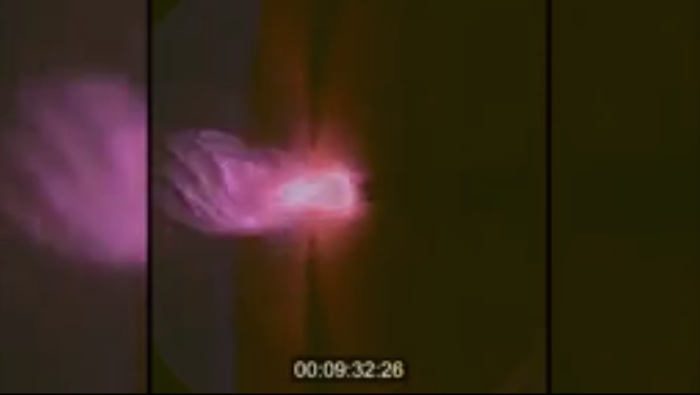
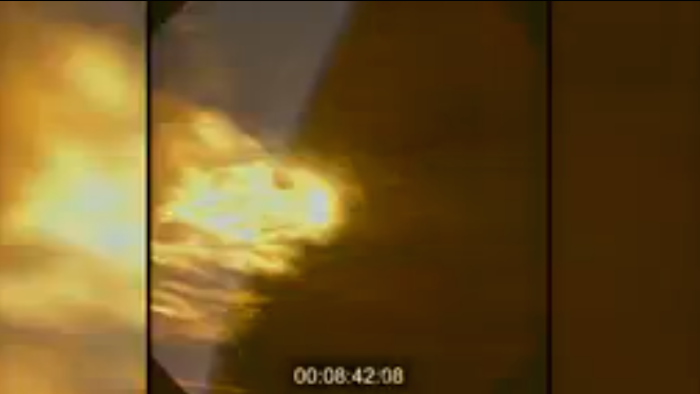
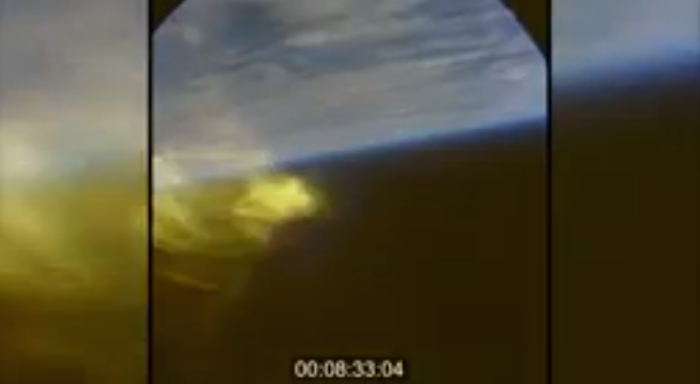
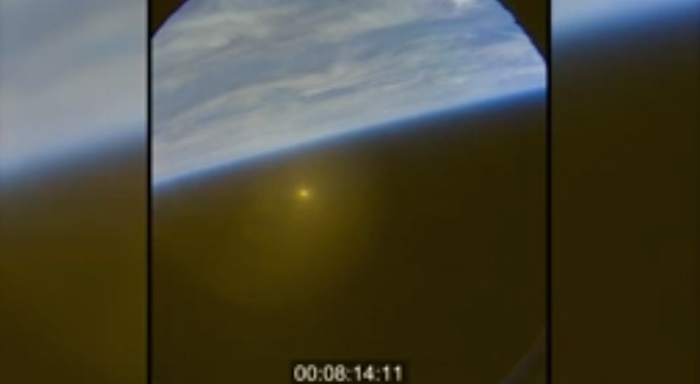
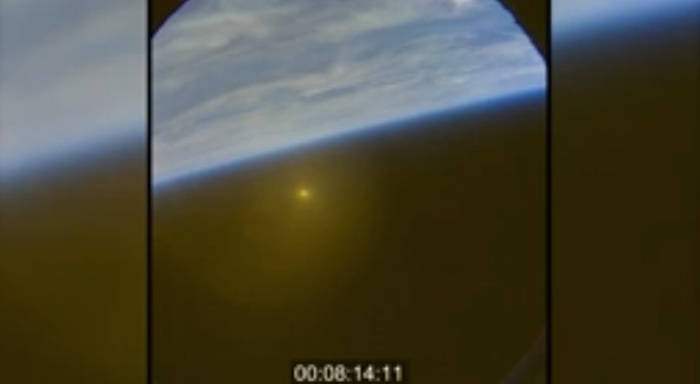
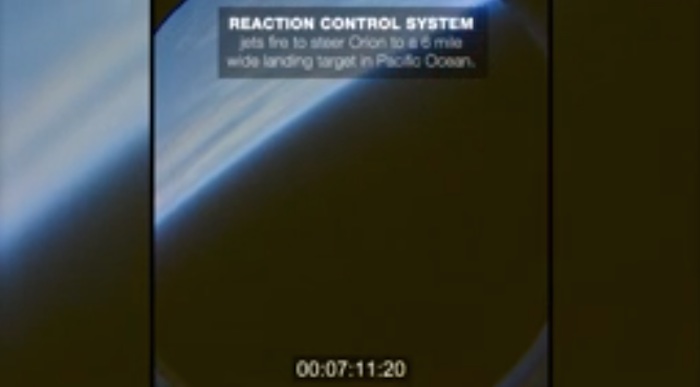
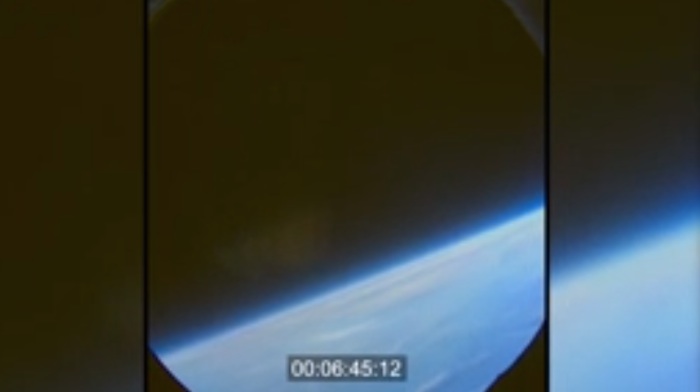

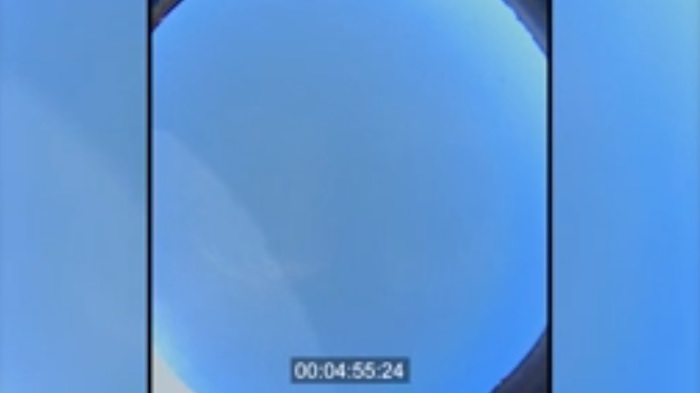
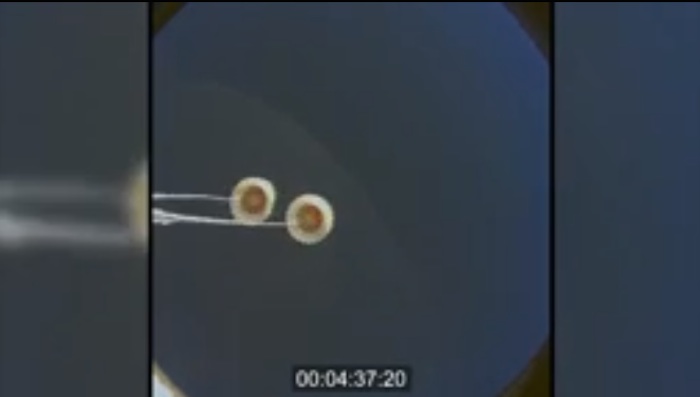
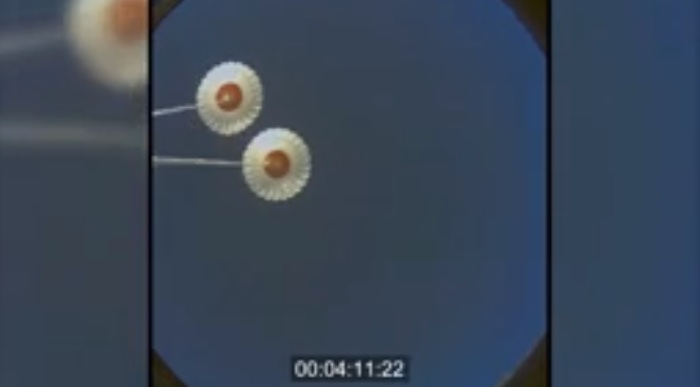
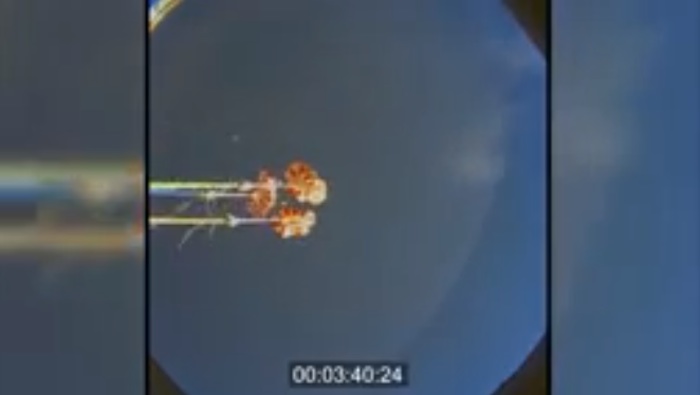
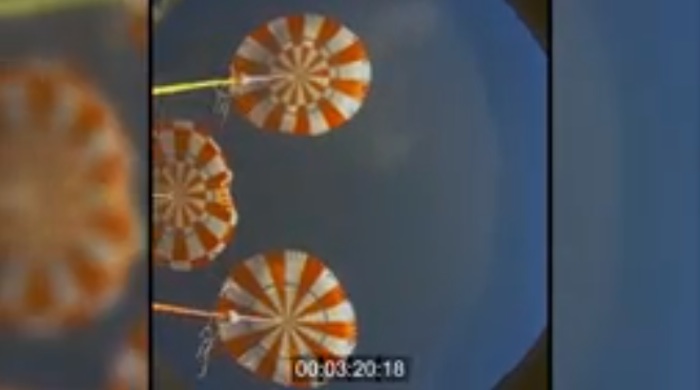
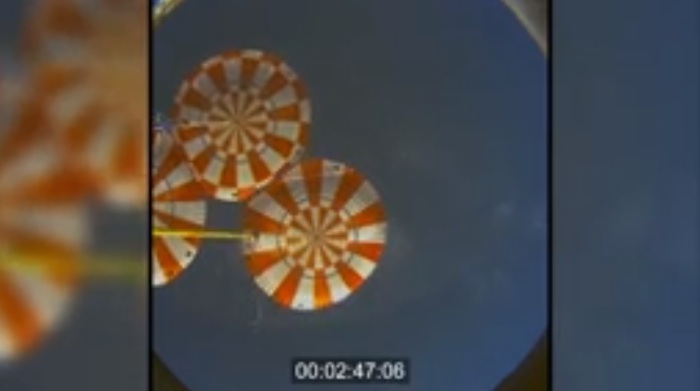
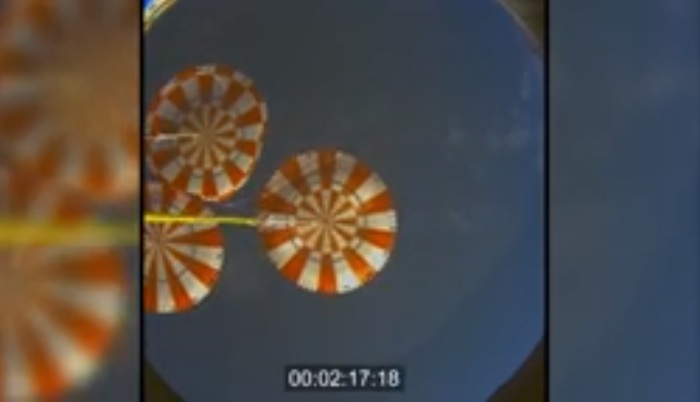
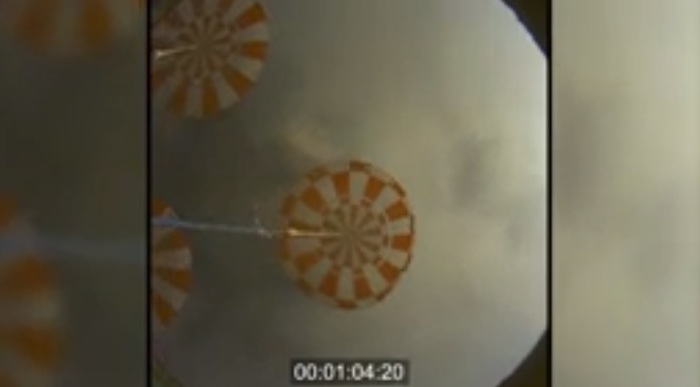
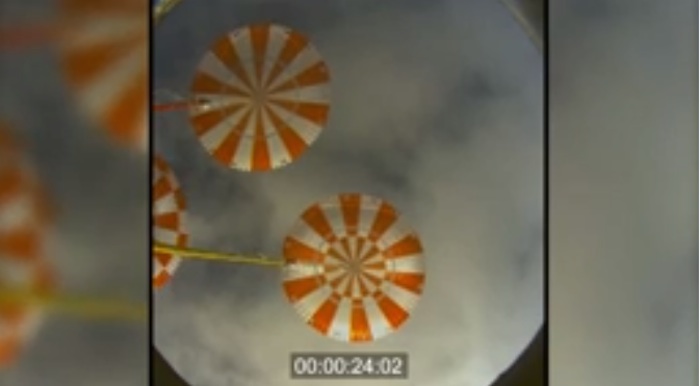
New video recorded during the return of NASA’s Orion through Earth’s atmosphere this month provides a taste of the intense conditions the spacecraft and the astronauts it carries will endure when they return from deep space destinations on the journey to Mars.
Among the first data to be removed from Orion following its uncrewed Dec. 5 flight test was video recorded through windows in Orion’s crew module. Although much of the video was transmitted down to Earth and shown in real time on NASA Television, it was not available in its entirety. Also, the blackout caused by the superheated plasma surrounding the vehicle as it endured the peak temperatures of its descent prevented downlink of any information at that key point. However, the cameras were able to record the view and now the public can have an up-close look at the extreme environment a spacecraft experiences as it travels back through Earth's environment from beyond low-Earth orbit.
The video begins 10 minutes before Orion's 11:29 a.m. EST splashdown in the Pacific Ocean, just as the spacecraft was beginning to experience Earth's atmosphere. Peak heating from the friction caused by the atmosphere rubbing against Orion's heat shield comes less than two minutes later, and the footage shows the plasma created by the interaction change from white to yellow to lavender to magenta as the temperature increases.
As Orion emerges safely on the other side of its trial by fire, the camera continues to record the deployment of the series of parachutes that slowed it to a safe 20 mph for landing and the final splash as Orion touched down on Earth.
Orion was then retrieved by a combined NASA, U.S. Navy and Lockheed Martin team and carried back to shore aboard the Navy's USS Anchorage. After returning to shore, it was loaded on to a truck and driven back to NASA's Kennedy Space Center in Florida, where it arrived on Thursday.
Orion traveled 3,600 miles above Earth on its 4.5-hour flight test – farther than any spacecraft built for humans has been in more than 40 years. In coming back from that distance, it also traveled faster and experienced hotter temperatures – 20,000 mph and near 4,000 degrees Fahrenheit, to be exact. Orion will travel faster and experience even higher temperatures on future missions, when it returns from greater distances, but this altitude allowed engineers to perform a good checkout of Orion's critical systems – in particular its heat shield.
Orion's flight test was a critical step on NASA's journey to Mars. Work already has begun on the next Orion capsule, which will launch for the first time on top of NASA's new Space Launch System rocket and travel to a distant retrograde orbit around the moon.
.
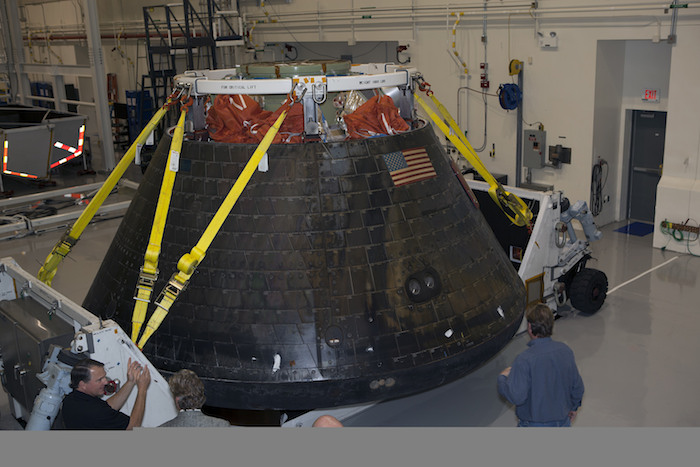
NASA's Orion spacecraft is viewed by members of the media at the Launch Abort System Facility at NASA's Kennedy Space Center in Florida. Orion made the 8-day, 2,700 mile overland trip back to Kennedy from Naval Base San Diego in California. Analysis of date obtained during its two-orbit, four-and-a-half hour mission Dec. 5 will provide engineers detailed information on how the spacecraft fared. The Ground Systems Development and Operations Program led the recovery, offload and transportation efforts.
Image Credit: NASA/Dimitri Gerondidakis
.
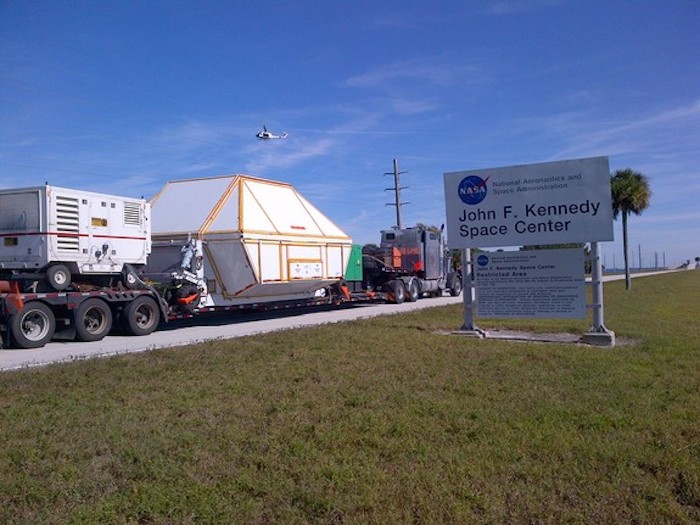
NASA's Orion spacecraft arrived back in Florida on Dec. 18, 2014. The spacecraft flew on its first test on Dec. 5, 2014.
.
Quelle: NASA
4816 Views
